Meursault, Les Narvaux
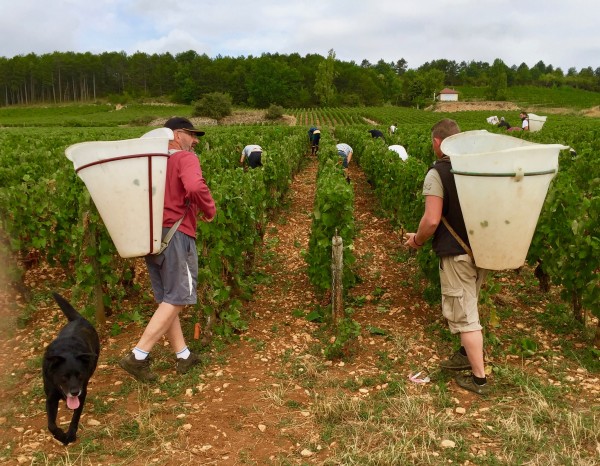
Terroir
Narvaux is situated quite high on the rocky slope overlooking Meursault village, directly above the premier cru of Genevrières. Vaux is an Old French meaning valley. My grapes come from a parcel of old vines on the east facing slope in the middle of dessous part of the vineyard where the domaine has 1.5 hectares. The soil is calcareous and low in clay. It’s thinner here before the slope flattens out below, making the wine very mineral. There is just 10cm of top soil before the bedrock and it drains well. The top soil is rocky mixed with red earth, a redder soil than in Tillets just 50m above. The slope catches the sun, so it’s warm place, but equally the vineyard gets a nice breeze which keeps the microclimate fresh.
The Domaine
The grapes come from Domaine Yves Boyer-Martenot. Vincent is the 4th generation of the family to continue the work begun by his great grandmother Lucie. The domaine has some 10 hectares, across 18 lieux-dits in Meursault, Puligny-Montrachet, Pommard and Auxey-Duresses. In 2003 Vincent adopted a lutte raisonée approach when he took over from his father and he stopped using herbicides in the vineyard. From 2018 he is working fully organically. He has also extended the maturation of his whites with some of the 2018 vintage aged in concrete eggs over the second winter. His wines reflect his friendly personality. They have a fruity accessibility, but with substance to age. Boyer-Martenot.com
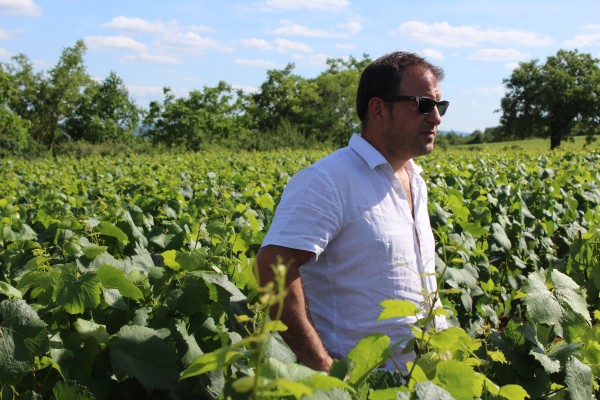
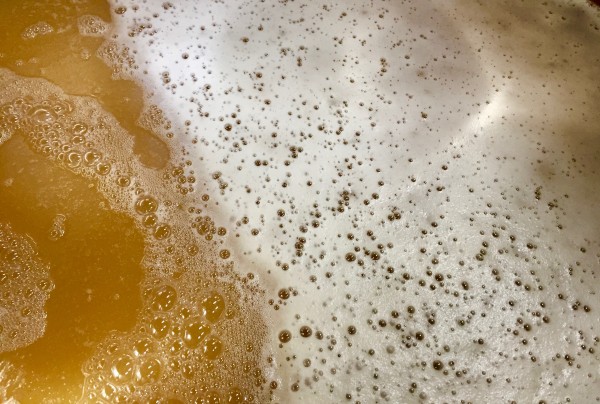
In the Winery
The 2017 was picked on the morning of 7th September & pressed as soon as we unloaded in the winery. It had quite a long slow press of about 2.5 hours. I allowed the ‘free run’ juice turn quite brown in the pan, to allow the oxidases to oxidise, before adding a small quantity of SO2. This was cooled in tank to 14 degrees for debourbage. The juice from the end of the press, to which no SO2 was added, was kept separately at ambient temperature to settle. 48 hours later I racked them together and allowed the juice to naturally warm up and the fermentation started quite promptly with the natural yeast in the winery. When it had a good start I moved it to barrel – a 2013 Chassin barrel and a new Damy. It had some bâtonnage to encourage malolactic fermentation, which was completed by early November. It was racked into stainless in October 2019 and had a light fining. Bottled 12th November with no filtration. Just one barrel made as I shared the two barrel production in 2017 with the winery in which I made it.
Style and When to Drink
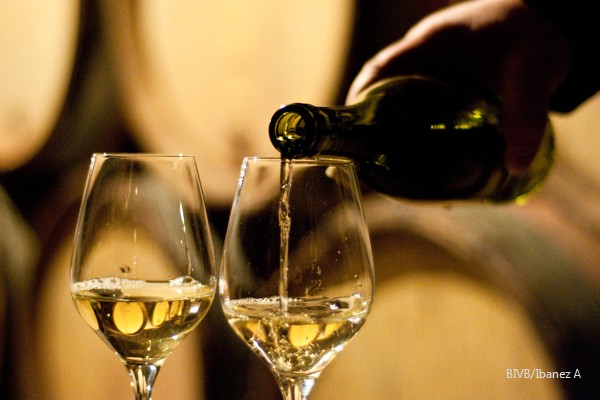
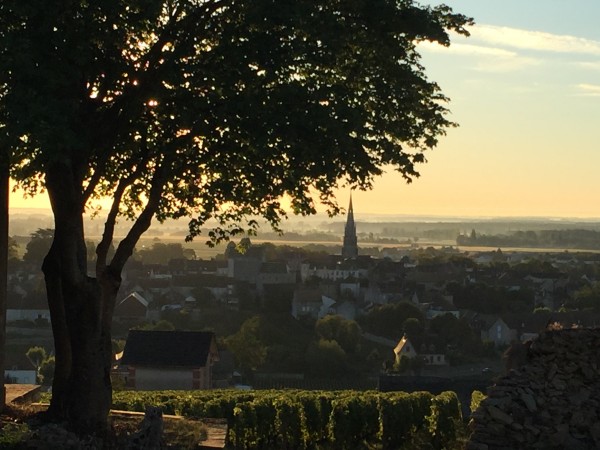
Vintages Made
2017: A warm August and early vintage
Ripe white peach aromas & hints of greengage. Full-ish and nicely rounded. The acidity is supported with a stony minerality. A wine that shows the sunny vintage and has density coupled with elegance. Drinking from 2019, but wait until 2022/23 for more complexity. Available now.
2018: A hot and early vintage
Hotter vintage than 2017, but the fruit was picked earlier. I started the fermentation in stainless steel and moved it to oak to finish fermenting and maturing. I have used a 600l format to retain freshness – a 3 year old Francois Frères barrel. Rich citrus fruit, energy and minerality. I will release and early bird offer in the summer, but the wine will not be available until after the bottling in the spring of 2020.
Press comments
Jancis Robinson MW “Pure citrus nose. Very clean and fresh. Undertow of spice (an oak thing?) and chew. Not as savoury as some but very pure fruit with some density. Should have quite a wide range of drinkability. Quite impressive length.”
Tim Atkin MW (Contributes to Decanter, Harpers, World of Fine..and more) liked it sufficiently to reserve a case. “I admire any wine writer who spends time in the vineyards and cellars of Burgundy. But Sarah Marsh has gone one better and produced her own very impressive wines. Her Meursault in particular shows that she has a bright future as a vigneronne.”
Steven Spurrier MW (Decanter & SOMM Magazine in the US): “I really liked it. I have always found Les Narvaux to be, with Roulot’s Les Tillets, the best of the ‘climats’ of Meursault and this came right up to expectations. The Meursault fruit very present and the bite of Narvaux acidity to make it a little more serious. Very good for the next 5 years.”
Neal Martin (Vinous): Sarah Marsh captures the elegance of this fine village cru and it should age well over the next five or six years.